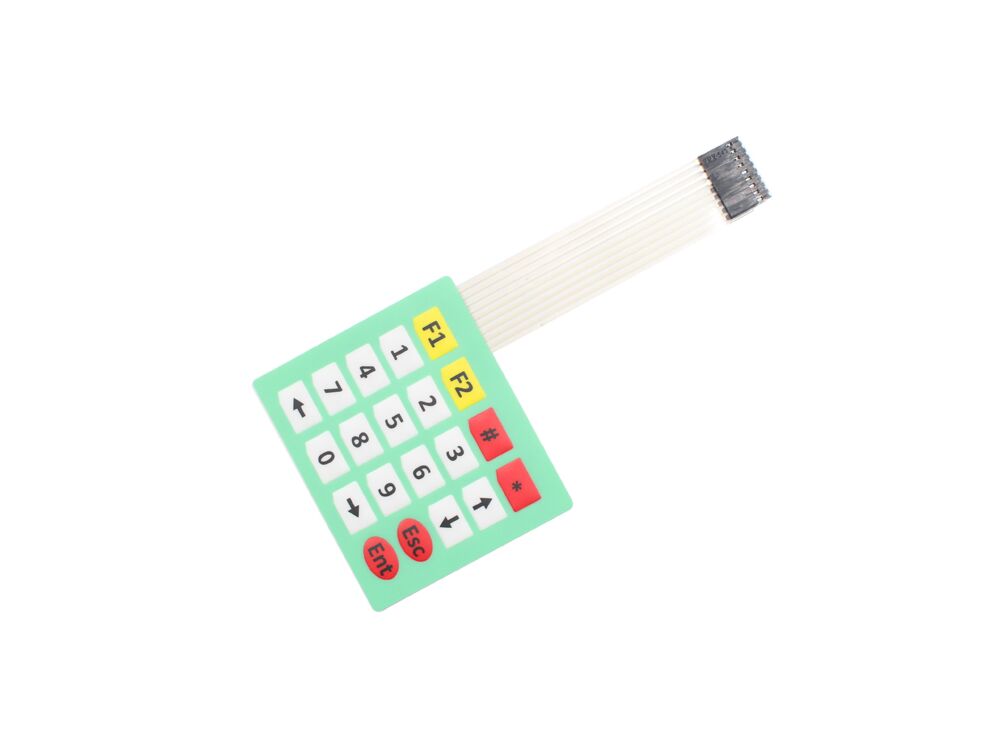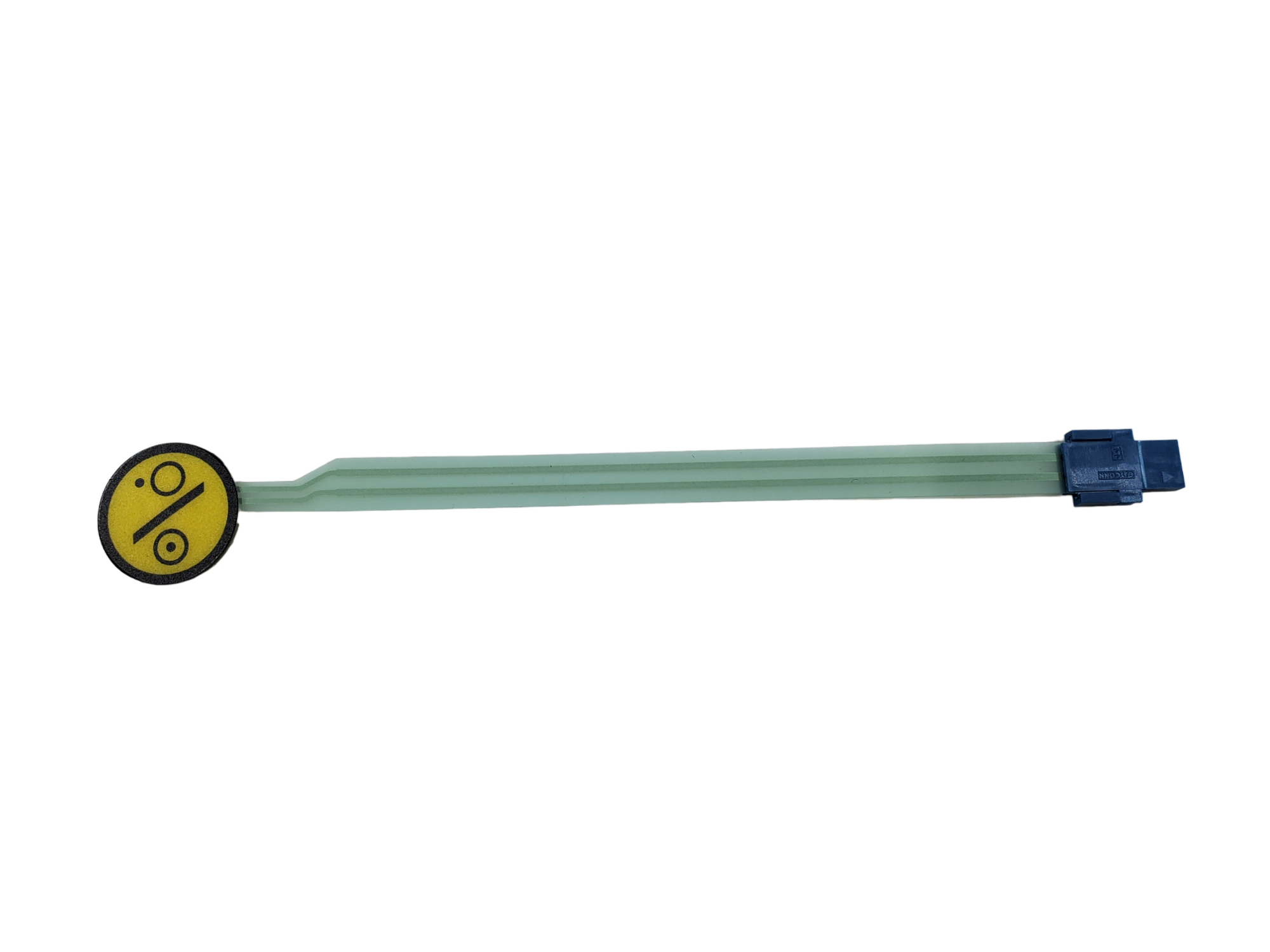Membrane Switch: Reliable, Cost-Effective, and User-Friendly Control Systems
Membrane Switch: Reliable, Cost-Effective, and User-Friendly Control Systems
Blog Article
Comprehending Membrane Layer Changes: The Trick to Resilient and Trusted Controls

What Are Membrane Buttons?
Membrane layer buttons are an innovative solution in the realm of interface innovation, integrating capability and layout flawlessly. These devices serve as an interface between users and electronic systems, integrating several components into a compact format. Normally built from adaptable, slim layers of products, membrane switches are developed to reply to touch, allowing individuals to engage with machinery and electronic gadgets efficiently.
The primary components of a membrane button include a published circuit layer, visuals overlay, and a spacer layer that protects against unplanned activation. The visuals overlay can be personalized to show brand identity or customer choices, improving appearances while making certain use. Membrane layer switches are commonly made use of in numerous applications, including medical tools, customer electronics, and commercial tools, owing to their toughness and resistance to environmental factors such as dampness and dirt.
One of the essential benefits of membrane layer switches is their capacity to hold up against damage, making them perfect for high-traffic environments. Additionally, they are light-weight and require marginal area, allowing for cutting-edge styles in product growth. On the whole, membrane switches stand for a effective and practical option for modern electronic user interfaces, marrying modern technology with user-centric style concepts.
How Membrane Layer Switches Job
The procedure of membrane changes joints on a basic yet efficient device that converts user input right into digital signals. When a customer presses the button, the top layer flaws, enabling a conductive aspect in the circuit layer to make call with an equivalent conductive pad on the underside of the graphic overlay.
The design of membrane switches can differ, however they often incorporate domes or tactile aspects to supply responses to the customer, boosting the total experience - membrane switch. The materials used in membrane switches, such as polyester or polycarbonate, contribute to their sturdiness and resistance to ecological aspects, consisting of wetness and dirt. Moreover, the published circuits are normally enveloped, which secures them from damage with time.
Advantages of Membrane Layer Switches

In addition, membrane layer buttons are recognized for their durability. Constructed from robust materials, they are resistant to dust, moisture, and physical wear, which considerably prolongs their life expectancy compared to conventional mechanical switches. This sturdiness makes them especially appropriate for high-traffic settings and applications calling for long life.
Another considerable benefit is the ease of cleaning and maintenance. The smooth surface of membrane switches reduces dust accumulation and is typically unsusceptible spills, making them suitable for setups that require regular sanitization.
Furthermore, membrane buttons use a structured account, causing a thinner style that can be integrated right into different gadgets without adding mass. This function not only enhances the visual charm but additionally adds to a more ergonomic product layout.
Applications of Membrane Switches
Functional and easy to use, membrane layer switches locate applications across a vast array of markets, including clinical gadgets, customer electronics, and industrial devices. In the medical area, these switches are integral to tools such as diagnostic tools, individual monitoring systems, and mixture pumps, where integrity and ease of cleansing are essential. Their ability to endure rough atmospheres and keep functionality makes them excellent for such applications.

In customer electronics, membrane buttons are made use of in products like microwaves, washing equipments, and remote controls - membrane switch. Their smooth layout allows for intuitive interface, boosting the overall user experience while supplying resilience and resistance to tear and put on
Commercial equipment also benefits from membrane buttons, specifically in control panels for equipment and automation look at here systems. These switches provide security against dirt and dampness, ensuring constant performance in difficult atmospheres. In addition, their personalized features allow manufacturers to tailor them to particular operational requirements, improving performance and capability.
Selecting the Right Membrane Change
When choosing a membrane switch, it is important to think about different elements that influence performance and viability for details applications. The key see factors to consider include environmental problems, responsive comments, toughness, and layout specs.
First, evaluate the operating environment; buttons revealed to wetness, chemicals, or extreme temperatures call for details products to guarantee durability and functionality. Next off, review the demand for responsive responses. Depending upon user interaction, some applications might profit from a responsive reaction to verify activation, while others may choose a non-tactile layout for aesthetic factors.
Sturdiness is one more vital element; membrane switches need to be designed to withstand constant usage, influences, and abrasion. Guarantee the picked switch can sustain the expected lifecycle, specifically in high-usage situations.

Conclusion
In conclusion, membrane changes offer as vital parts in the design of long lasting and reliable control systems across various markets. The convenience of membrane switches enables for customized remedies that fulfill specific operational requirements, strengthening their significance in contemporary technology.
Membrane layer switches over stand for a critical aspect of contemporary interface style, blending performance with durability in description different applications.Membrane layer buttons are an innovative remedy in the world of customer interface modern technology, incorporating capability and layout seamlessly. Generally constructed from flexible, thin layers of materials, membrane switches are developed to respond to touch, allowing individuals to engage with equipment and digital tools effectively.
The style of membrane switches can differ, yet they often include domes or responsive aspects to supply responses to the customer, boosting the overall experience.In conclusion, membrane switches offer as important components in the design of trustworthy and sturdy control systems throughout various industries.
Report this page